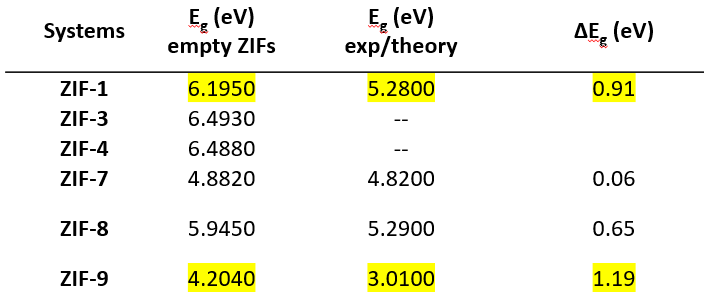Dear Alessandro,
I’m reaching out again regarding the CPKS step. After several attempts (and a fair bit of persistence!), I was finally able to complete the SCF calculations. However, the CPKS part continues to restart from the beginning, even when I provide the fort.9 (wavefunction) and fort.31 (restart) files as instructed.
As per your previous suggestions, I ensured the SCF was converged beforehand, but unfortunately, the CPKS has never been able to finish successfully on my side. Since I need these results quite urgently, I was wondering if you could try running it on your end to see if there's anything I'm missing?
Thank you for your patience.
Best regards,
Aparajita



